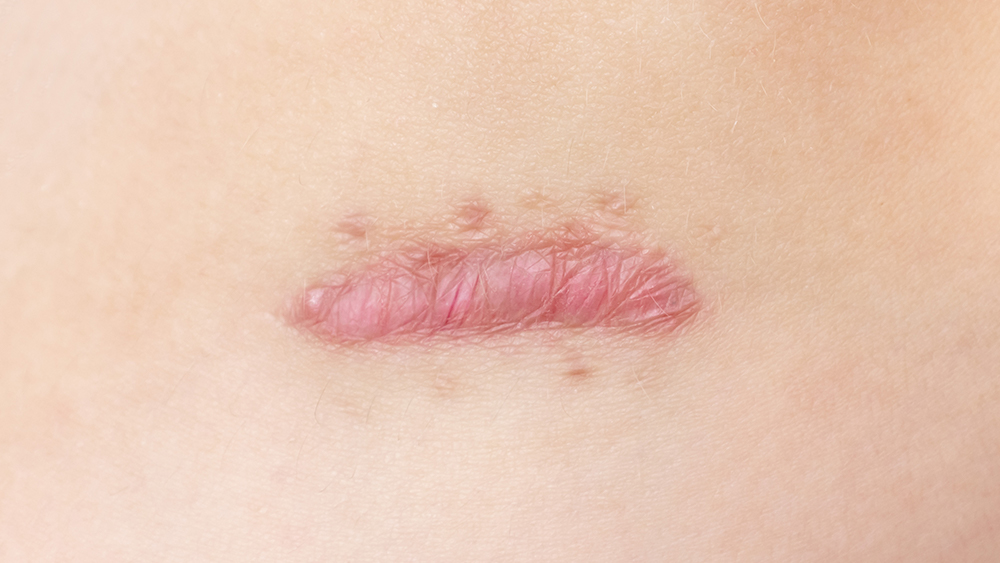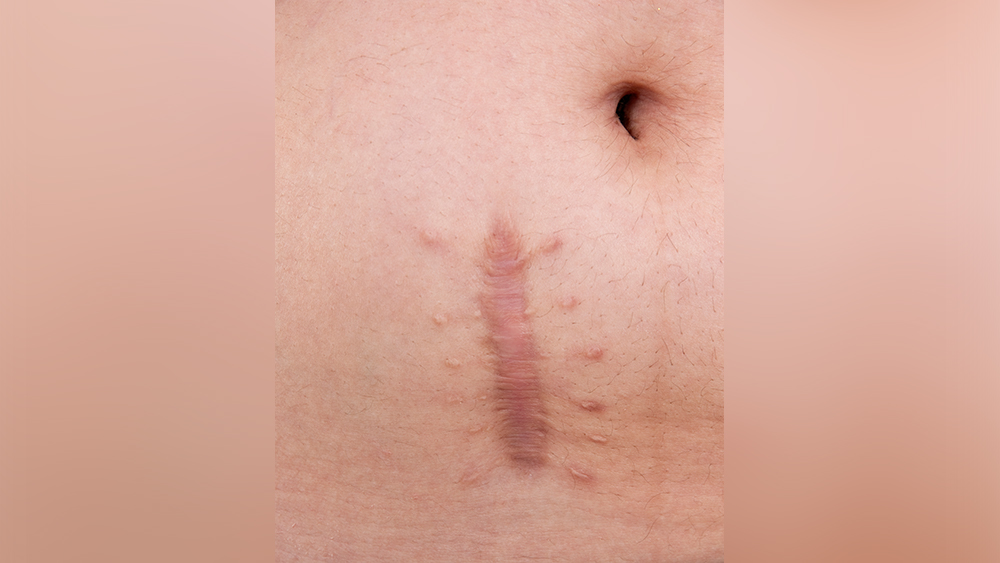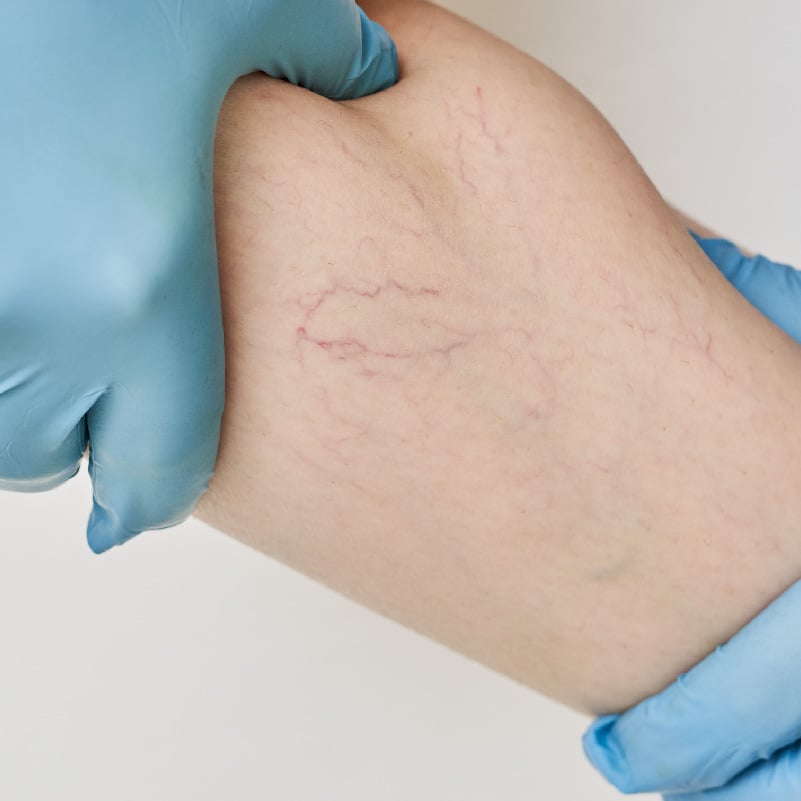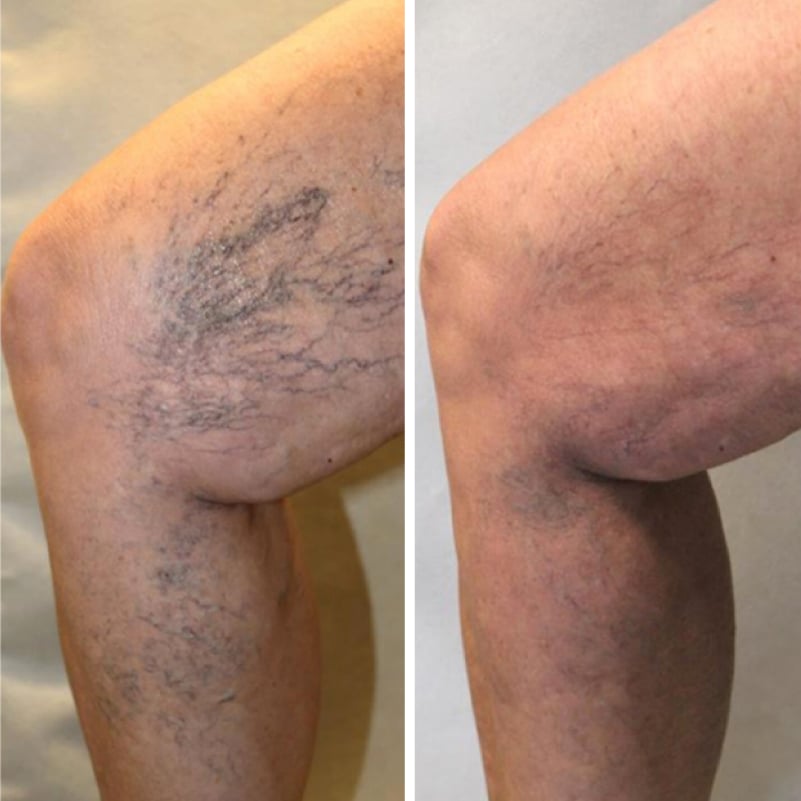Getting a new piercing is often exciting. Whether you choose to get one with a friend or family member, it can be a fun experience.
In some cases, there can be issues that arise during or after a piercing that might need to be seen by a healthcare provider.
Dr. Nana Duffy, a board-certified dermatologist with Genesee Valley Dermatology & Laser Centre in Brighton, shares four of the most common issues she sees after a piercing and the treatments that can help them heal.
1. Infected piercing
The most common issue that happens to people after they get a piercing is an infection. These can arise for several reasons, including not cleaning the area around the piercing, handling a piercing with unwashed hands, or getting a piercing with tools that were not cleaned.
Infections are usually pretty easy to spot. You can look for:
- redness or puffiness surrounding the piercing site
- pus (yellow liquid) forming around the piercing site
- tender feeling 7-10 days after the piercing
How to treat it
These infections are cleared up quickly using topical antibiotics. In rare cases, someone might be prescribed an oral antibiotic if the infection doesn’t clear up.
If possible, try to remove the piercing so you can properly clean the skin and piercing site using a saline solution. If you want to use hydrogen peroxide, be sure to dilute it with water first. Products like Hibiclens can also clean infected areas well.
2. Hypertrophic scar
A hypertrophic scar is a tiny, firm bump around the piercing site that will not go away after a few weeks. These are caused by collagen overproduction at the area where the wound occurred.
These scars have the appearance of a reddened raised welt.

How to treat it
To treat a hypertrophic scar, you must remove the piercing. Most providers advise permanently removing the piercing.
A provider will give you one or two Kenalog (steroid) injections to reduce the inflammation and swelling and return the skin to normal.
3. Keloid scar
Keloids are also firm raised bumps that typically show up on a person’s earlobes, face, chest, or back. However, unlike a hypertrophic scar, a keloid has the potential to expand beyond the initial wound site and often does not heal completely.
People with keloids may feel a burning or itching sensation sometimes. Studies suggest people with darker skin pigmentation are more likely to develop keloids.

How to treat it
These require multiple treatments by a dermatologist. Patients will come in every six weeks for a few months to resolve a keloid scar using steroid injections, topical creams, or potentially laser treaters.
4. Metal staining
In rare cases, metal from a piercing may stain a person’s skin. Chemical reactions from the metal act like a tattoo and change the pigmentation of the skin from its normal color to a dark black.
How to treat it
Stains from the metal piercing need to be lasered off of the skin. For these issues, a special tool called an Alexandrite laser removes the coloring, similar to tattoo removal. This can usually be completed in one or two sessions.
Seeking medical attention after a piercing
If you have gotten a piercing that has been bothering you for a while and are unsure when to seek professional medical attention, Dr. Duffy said seeing pus in the piercing site is an indication that you need to go to a provider for an antibiotic.
For hypertrophic or keloid scars, if you remove the piercing for four weeks and the scar does not start to shrink or go away, make an appointment with a provider.
“If you have an issue with a particular area like cartilage, listen to your body,” Dr. Duffy said. “There are certain areas of people's bodies where your body is just telling you that it does not want a piercing in that area.”









